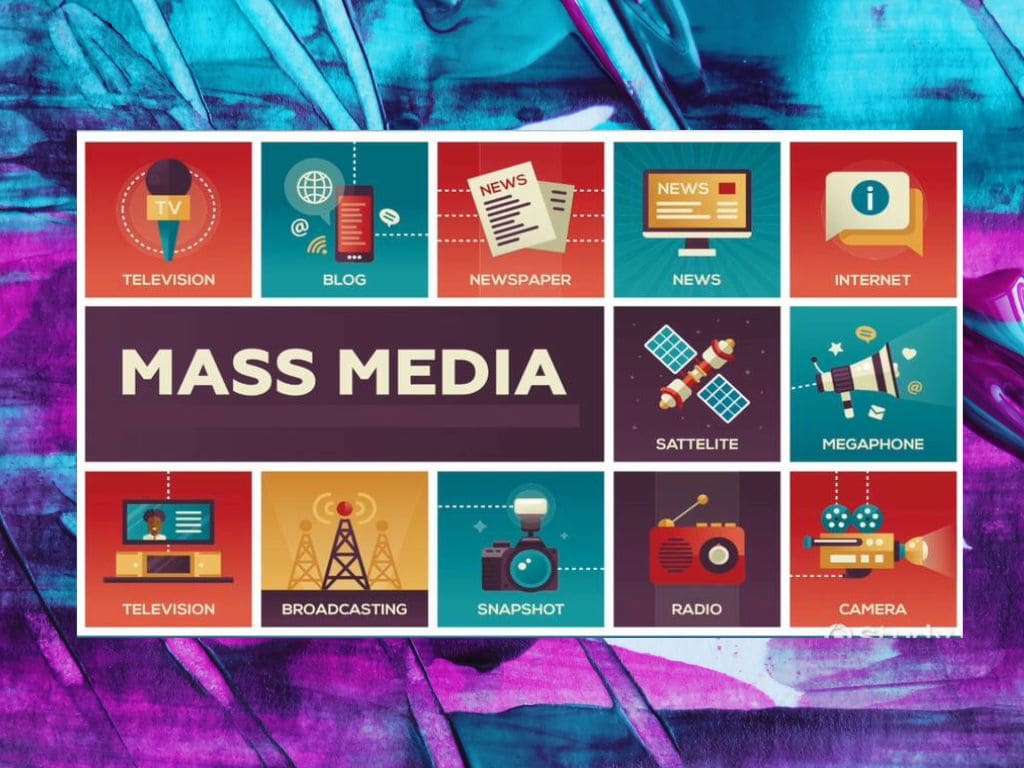This is a review of paper published in the Journal of Research in Nursing about Nurses’ views on the impact of mass media on the public perception of nursing and nurse–service user interactions by Louise P Hoyle, Richard G Kyle and Catherine Mahoney. Cite as: De Souza, R. (2017). Review: Nurses’ views on the impact of mass media on the public perception of nursing and nurse–service user interactions . Journal of Research in Nursing, 0(0) 1–2. https://dx.doi.org/10.1177/1744987117736600
Mass media comprises the storytellers and portrayers of our social worlds (Nairn et al., 2014), and has a central role in reproducing the contradictory views held about nurses by the public. As the reviewed paper shows, media representations are far from harmless: they influence public understanding and confidence in the profession and impact on recruitment, policy and nurses’ self-image (Kalisch et al., 2007). Nurses are considered
highly trustworthy by the public due to their virtues of care and compassion. However, the dominant representations of nurses in the media are often inaccurate, erasing male nurses from the profession and downplaying the autonomous judgement of the nursing
professional. Nurses as feminised handmaidens play a subordinate support role to medical decision makers. The media nurse engages in bedside routines and repetitive tasks, and is sometimes a sex object, an angel of mercy or a battleaxe, sometimes all three. These stereotypical representations have changed over time, and sometimes nurses are depicted as strong and confident professionals (Kalisch et al., 1981; Stanley, 2008). Yet the significant professional, theoretical and scholarly innovations that have reshaped the role of nurses are largely invisible to the public (Ten Hoeve et al., 2014). In tandem with nursing’s processes of
professionalisation, austerity measures in the neoliberal health system have demanded efficiency and cost containment, while also reorienting services so they can be more clientcentred. This twin move to the proletarianisation of nursing care (through the growth of
various classes of healthcare assistants doing tasks previously performed by nurses) and democratisation of health within a technocratic, market-led and more participatory health system has profound implications for the future of nursing.
The reviewed paper is timely, given the growing focus on shared decision making and participation as an outcome of client-centredness in Western health systems. It raises questions about the customary role of nurses as gap fillers and problem solvers, who maintain the status quo on doctors’ orders. New media channels such as the Internet allow access to on-demand health information outside of authoritative channels, and new
technologies such as fitness trackers and wearables produce a wide range of personal health information. These technologies do some of the work of nursing in the sense that they put recipients at the centre of the health experience and allow health information to enhance the consumer’s knowledge of, control of and impact on their own healthcare. The role of the
nurse as a facilitator in these new flows of health information is yet to be effectively represented within the profession’s view of itself, let alone in the mass media, as this paper suggests.
The reviewed study’s findings on the aversion felt by nurse participants to informed consumers is an issue with significant ramifications. The question that remains is whether there is an opportunity for nurses to enter the public sphere in a meaningful alignment with consumer aspirations for healthcare? If healthcare is to become more participatory, equitable and consumer-driven, what transformative changes will we as nurses need to
make in our own self-identity and practice?
References
Kalisch BJ, Begeny S and Neumann S (2007) The image of the nurse on the internet. Nursing Outlook 55(4): 182–188.
Kalisch BJ, Kalisch PA and Scobey M (1981) Reflections on a television image: The nurses 1962–1965. Nursing & Health Care: Official Publication of the National League for Nursing 2(5): 248–255.
Nairn R, De Souza R, Barnes AM, et al. (2014) Nursing in media-saturated societies: Implications for cultural safety in nursing practice in Aotearoa New Zealand. Journal of Research in Nursing 19(6): 477–487.
Stanley DJ (2008) Celluloid angels: A research study of nurses in feature films 1900–2007. Journal of Advanced Nursing Available at: http://onlinelibrary.wiley.com/doi/10.1111/j. 1365-2648.2008.04793.x/full (accessed 30 September 2017).
Ten Hoeve Y, Jansen G and Roodbol P (2014) The nursing profession: Public image, self-concept and professional identity. A discussion paper. Journal of Advanced Nursing 70(2): 295–309.
